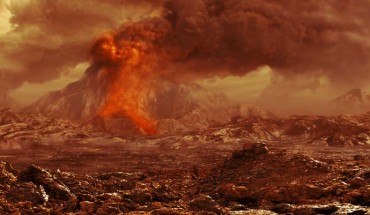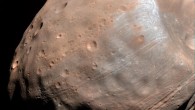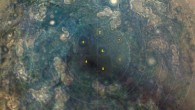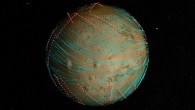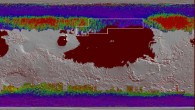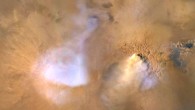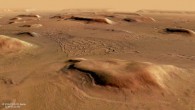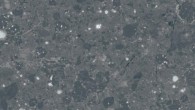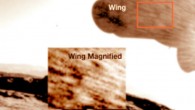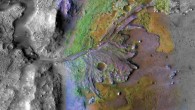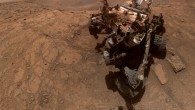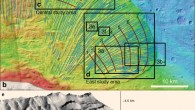Young lava flows detected by ESA’s Venus Express spacecraft are just few years old, according to new research from Universities Space Research Association (USRA). An artist’s impression of a volcano erupting on Venus. Image credit: ESA / AOES Medialab. In 2010, Venus Express scientists reported that the infrared radiation coming from three regions on Earth’s neighbor planet was different to that from the surrounding terrain. The researchers...

